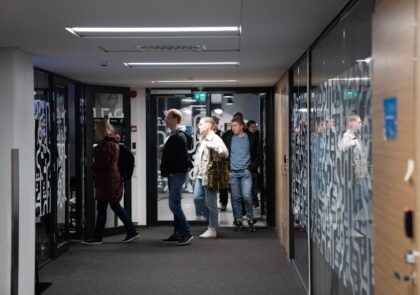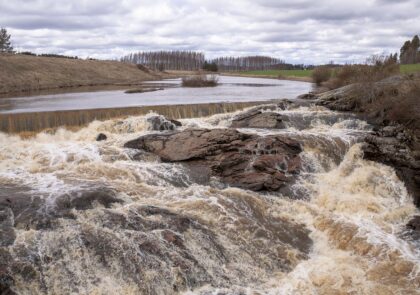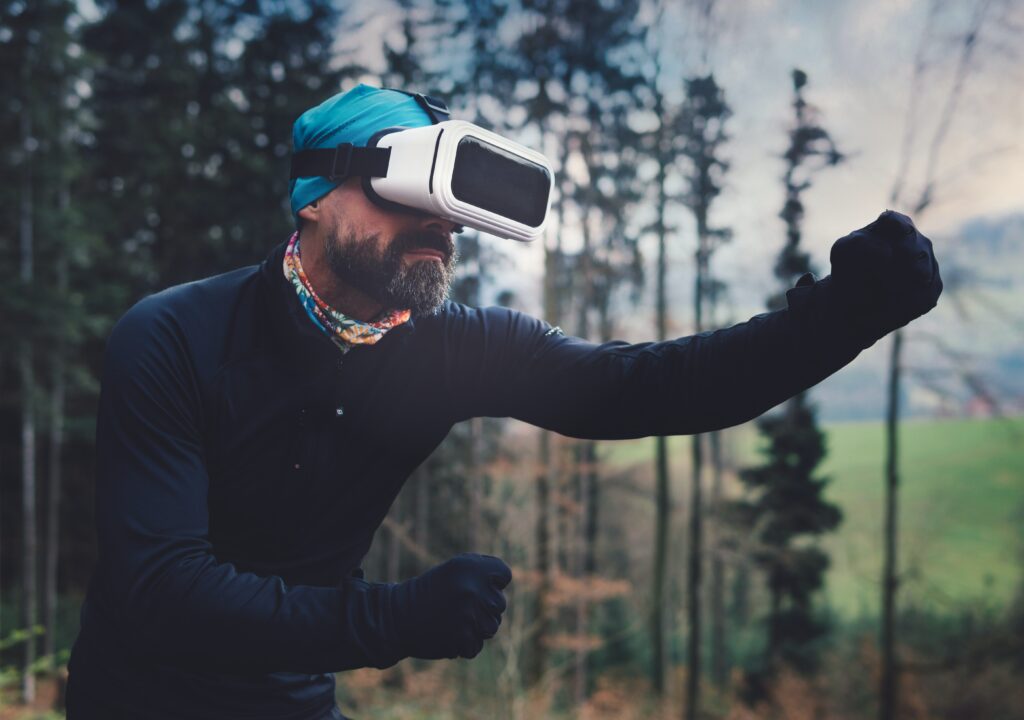
Extended reality has been used in museums, world heritage sites and cities for over a decade, but in smaller nature destinations and national parks virtual technology is still a rare sight. This article discusses how virtual reality, augmented reality and mixed reality could help in creating comprehensive nature travel experiences and how technology could benefit local tourism.
Authors: Kaisu Isomäki & Katariina Pakarinen
The term extended reality (XR) is used to describe the family of technologies: VR, AR and MR, that can blend the physical and virtual worlds. In virtual reality experience (VR), users step into a fully simulated digital world using VR headset or other head-mounted display to get a 360° view to the digital world. In augmented reality (AR) digital details such as text, pictures and animations are overlaid on the real world through smartphones and tablets. In contrast to VR, in AR experience, users can still see the real world around them. The best-known examples of AR technology are mobile game Pokémon Go and Instagram and Snapchat filters. Mixed reality (MR), which is also called a hybrid reality, is a technology that enables users to interact with the real world, for example by letting users place digital objects to a space they are standing in, to see, how these objects would work in the existing space. (Marr 2019.)
According to International Data Corporation’s (IDC) forecast the worldwide spending on AR, VR and MR accelerated by the pandemic in 2020 will grow from over $12.0 billion (10.02 billion EUR) to $72.8 billion (60.9 billion EUR) in 2024. The five-year compound annual growth rate is estimated to be 54 % (IDC 2020). The growth potential of extended reality is there, but how can nature tourism benefit from it?
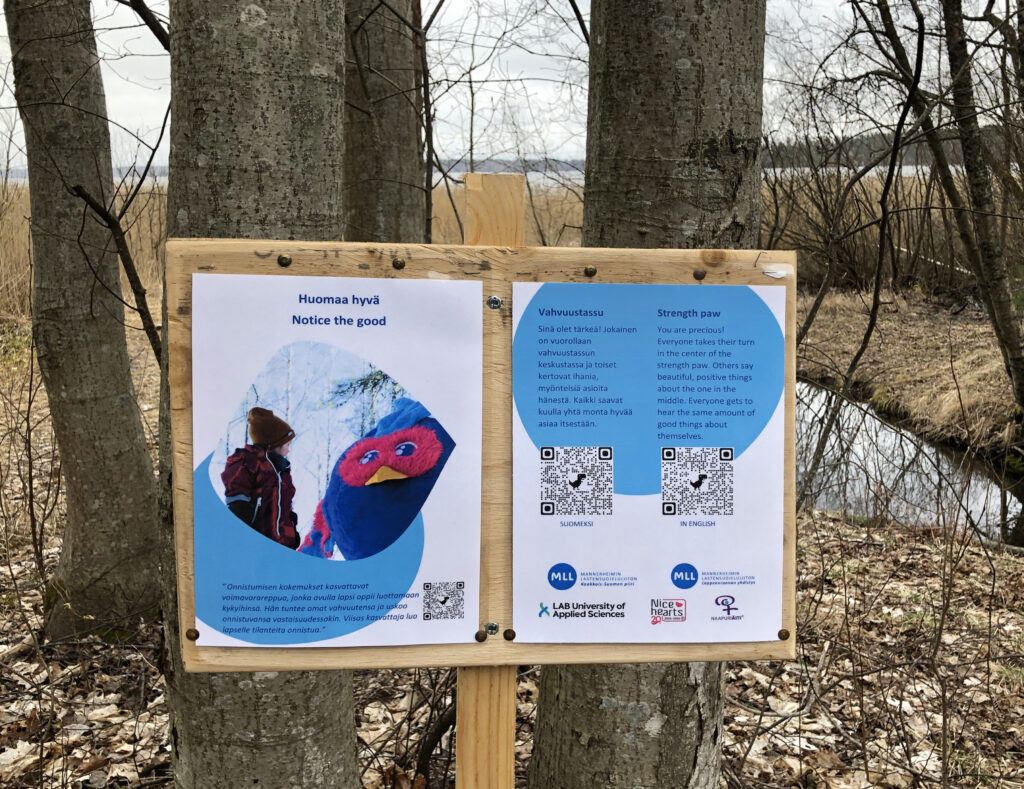
Image 1. QR-tags are an easy way to bring more content to the nature trail (Image: Tuuli Mirola)
Wellness from digitized nature
Virtual tourism – tourism powered by technologies of extended reality offers an effective way for travel businesses to give a taste for customers of what they can expect during their travels. VR makes it possible to bring the desired country, accommodation or cultural site to people’s homes both for those who are planning to visit the location or for those who are unable to travel at all. (Champion 2019.) XR pushes the boundaries of the real world into a digital one and by utilizing these technologies efficiently, companies can provide customized unique experiences for all kinds of target groups (Rao 2019).
At best, extended reality can act as a manual or a fellow traveler, who guides through the trails and exceeds visitors’ expectations (Moilanen & Puhakainen 2019). At the location, AR, VR and MR applications can enhance the experience by making it multidimensional, mixing past, present and future and teaching visitors about the importance of the site itself. Extended reality can bring history and legends alive by retelling old stories from new perspectives. It can also enable tourists to handle priceless artefacts and see new visualizations within the real-world surroundings. (Champion 2019.)
Extended reality can also aid in preserving fragile sites and nature resources as visitors don’t have to leave the trail to see nature’s specialties farther away or they don’t need to visit the place physically at all (Moilanen & Puhakainen 2019). AR enhanced outdoor activities reduce contact with endangered plants and animals, when travelers can study virtual specimens instead of touching live ones (Stambol 2017). If the site is suffering from over travelling or it is otherwise dangerous or hard to reach, one option is to offer online 360° virtual tour, like it is done in at the Mount Everest (Kumar 2020).
At its simplest, printed AR-tags along nature trails are a good way to offer more information which would not otherwise fit in to info signs. For example, by scanning the AR-tag traveler could get more language options, detailed maps and storified audio guides, access to detailed information on local flora and fauna and be informed about the rules and regulations or the harmful species of the area.
With AR it is also possible to add more detail to geological or meteorological events. With a few clicks, travelers can for example scan the sky to identify stars, planets and other celestial events and admire Northern lights or watch passing meteor showers through personal handheld digital devices. (Stambol 2020.) From researcher’s point of view AR can be used in collecting data from visitors for example in a form of a themed mobile game or a survey.
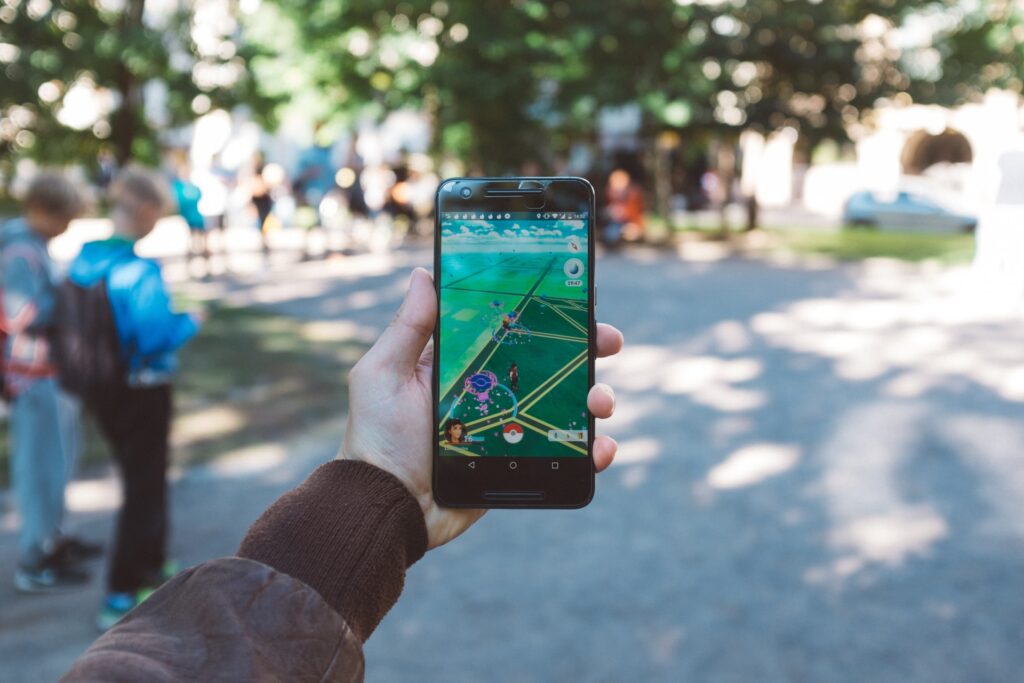
Image 2. Pokémon Go is one of the best-known examples of applications using AR (Grandmougin 2016)
Dangers and inequalities of the digital world
Even though the use of extended reality in nature tourism has many advantages, there is another side of the coin too. Users immersed too deeply in the world of digital reality through their devices may cause dangerous situations to themselves and others (Skywell Software 2020). For example, using AR continuously while walking reduces the ability to concentrate on other things happening in the surroundings, such as traffic.
Digital solutions also bring inequality. They are more accessible for those who have money to own needed devices and those who know how to use them. Some nature lovers question the whole relevance of technology in nature, from where travelers usually seek peace, tranquility and well-being far from buzzing machines. Other concern is that inserting nature with digital content changes our whole relationship with the nature from living in relation to domination (Matei 2017).
Extending the existing
Nature experience is always an individual adventure which forms based on how traveler perceives and interacts with different nature elements (Sitra 2013). Experience is also affected by traveler’s past and the way they see the world and people around them.
Technological solutions enable personalized experiences where added digital content can be tailored according to traveler’s behavior and needs with the help of artificial intelligence. Not only does extended reality make traveling feel more personal but also makes nature experiences more accessible to an extent. Though in the end, extended reality does not replace physical experience or live human contact at the destination, but it can bring experiences closer, make them deeper and more memorable.
About the project
Use of extended reality in nature traveling has been studied as a part of project Kurenniemi – cultural value of Russia and Finland through M. Agricola trail (1.2.2021-31.12.2022) which aims to establish a nature reserve status on the Cape Kyrönniemi area near the Finnish-Russian border in Leningrad Region in Russia. LAB will provide expertise in developing sustainable and eco-friendly tourism routes and services based on culture-historical and ecological values of the region.
References
Champion, E. 2019. Virtual reality adds to tourism through touch, smell and real people’s experiences. [Cited: 11.6.2021]. Available at: https://theconversation.com/virtual-reality-adds-to-tourism-through-touch-smell-and-real-peoples-experiences-101528
Grandmougin, D. 2016. [Cited: 29.6.2021]. Available at: https://unsplash.com/photos/Am1io6KusFM (Unplash License)
IDC. 2020. Worldwide Spending on Augmented and Virtual Reality Forecast to Deliver Strong Growth Through 2024, According to a New IDC Spending Guide. [Cited: 17.6.2021] Available at: https://www.idc.com/getdoc.jsp?containerId=prUS47012020
Matei, A. 2017. Technology is changing our relationship with nature as we know it. [Cited: 28.6.2021]. Available at: https://qz.com/1048433/technology-is-changing-our-relationship-with-nature-as-we-know-it/
Marr, B. 2019. What Is Extended Reality Technology? A Simple Explanation For Anyone. [Cited: 11.6.2021]. Available at: https://www.forbes.com/sites/bernardmarr/2019/08/12/what-is-extended-reality-technology-a-simple-explanation-for-anyone/?sh=1b215fba7249
Moilanen, T. & Puhakainen, E. 2018. Miten vesistömatkailussa voidaan hyödyntää lisättyä todellisuutta? [Cited: 11.6.2021]. Available at: https://www.linkedin.com/pulse/miten-vesist%C3%B6matkailussa-voidaan-hy%C3%B6dynt%C3%A4%C3%A4-lis%C3%A4tty%C3%A4-eeva-puhakainen
Kumar, M. 2020. 15 Breathtaking Virtual Tours of Nature You Can Take from Your Couch. [Cited: 28.6.2021]. Available at: https://travel.earth/breathtaking-virtual-tours-of-natural-sites/
Rao, S. 2019. Unpacking XR for unique traveler experiences. [Cited: 17.6.2021]. Available at: https://www.accenture.com/us-en/blogs/compass-travel-blog/unpacking-xr-for-unique-traveler-experiences
Sitra 2013. Luonnonlukutaito. Luo liiketoimintaa vihreästä hyvinvoinnista. [Cited: 29.6.2021]. Available at: https://media.sitra.fi/2017/02/23070432/Luonnonlukutaito-3.pdf
Skywell Software. 2020. Pros and Cons of Augmented Reality in Different Industries. [Cited: 24.6.2021]. Available at: https://skywell.software/blog/pros-and-cons-of-augmented-reality/
Stambol. 2017. Enhancing the Natural World with Augmented Reality. [Cited: 28.6.2021]. Available at: https://www.stambol.com/2017/08/19/enhancing-the-natural-world-with-augmented-reality/
Stambol. 2020. Augmented Reality Outdoor Apps to Wrap Summer. [Cited: 28.6.2021]. Available at: https://www.stambol.com/2020/08/31/augmented-reality-outdoor-apps-to-wrap-summer/
Authors
Kaisu Isomäki, ICT engineer and BBA, works as a project planner in the Business Unit of LAB University of Applied Sciences. In her work, Kaisu strives to solve problems with her technical expertise user-centered approach in mind.
Katariina Pakarinen, M.A. (Design) works as a RDI specialist / service designer in LAB University of Applied Sciences, Institute of Design and fine arts. Katariina is specially interested in nature travel, service design and futures thinking.
Illustration: https://www.pexels.com/photo/person-wearing-black-henley-shirt-and-white-vr-goggles-756439/ (Pexels License)
Published 9.8.2021
Reference to this article
Isomäki, K. & Pakarinen, K. 2021. How extended reality can help in creating unique nature experiences? LAB Pro. [Cited and date of citation]. Available at: https://www.labopen.fi/en/lab-pro/how-extended-reality-can-help-in-creating-unique-nature-experiences/




